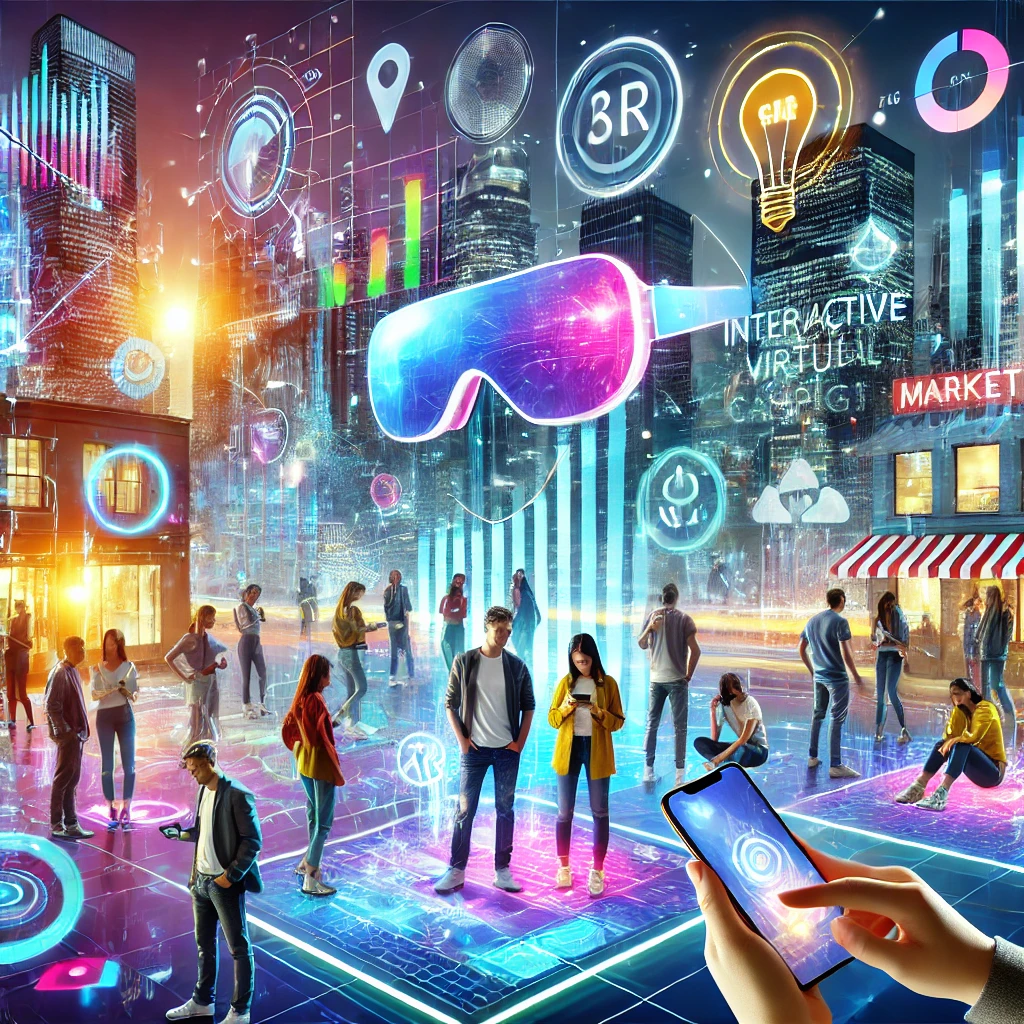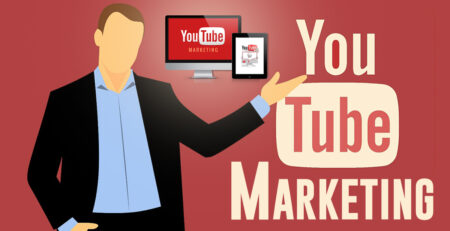The Role of Augmented Reality in Future Marketing Campaigns
Revolutionizing Marketing with Augmented Reality
In the ever-evolving landscape of digital marketing, staying ahead of the curve is essential. Augmented Reality (AR) is poised to be a game-changer, revolutionizing the way brands connect with consumers. This innovative technology blends digital elements with the real world, offering interactive and immersive experiences that capture attention and drive engagement. In this article, we explore the exciting role of augmented reality in future marketing campaigns and how it can transform the way businesses communicate with their audience.
Understanding Augmented Reality
Augmented Reality overlays digital information, such as images, videos, and sounds, onto the real world through devices like smartphones, tablets, and AR glasses. Unlike Virtual Reality (VR), which creates a completely virtual environment, AR enhances the real world, making it more interactive and engaging.
The Benefits of Augmented Reality in Marketing
- Enhanced Customer Engagement: Augmented Reality creates a unique and interactive experience for customers. By integrating AR into marketing campaigns, brands can engage customers on a deeper level, encouraging them to interact with products and services in a more meaningful way.
- Increased Brand Awareness: AR experiences are memorable and shareable. When customers encounter an innovative AR campaign, they are more likely to share it with their friends and followers on social media, increasing brand visibility and awareness.
- Improved Customer Experience: AR can simplify the customer journey by providing additional information and assistance. For example, customers can use AR to visualize how furniture will look in their homes or how clothing will fit their bodies, leading to more informed purchase decisions.
- Boosted Sales and Conversions: By offering an immersive and engaging experience, AR can significantly influence purchasing behavior. Customers who can interact with products through AR are more likely to make a purchase, leading to increased sales and conversions.
Successful Examples of AR in Marketing
Several brands have already harnessed the power of AR in their marketing campaigns with remarkable success:
- IKEA Place App: IKEA’s AR app allows customers to place true-to-scale 3D models of furniture in their homes using their smartphones. This app helps customers visualize how products will look in their space, making it easier to make purchasing decisions.
- Sephora Virtual Artist: Sephora’s AR app enables users to try on makeup virtually. By simply using their smartphone camera, customers can see how different products will look on their faces, enhancing the online shopping experience and reducing the likelihood of returns.
- Pepsi Max Bus Shelter: Pepsi Max created an AR experience at a bus shelter in London, making it appear as though aliens, tigers, and giant robots were interacting with passersby. This campaign generated significant buzz and showcased the potential of AR to create unforgettable experiences.
Implementing AR in Your Marketing Strategy
To successfully integrate AR into your marketing strategy, consider the following steps:
- Identify Your Goals: Determine what you want to achieve with your AR campaign. Whether it’s increasing brand awareness, driving sales, or enhancing customer experience, having clear goals will guide your strategy.
- Understand Your Audience: Knowing your audience’s preferences and behaviors will help you create AR experiences that resonate with them. Consider conducting surveys or analyzing customer data to gain insights.
- Choose the Right Technology: Select the appropriate AR platform and tools that align with your goals and audience. This could be a mobile app, web-based AR, or AR glasses.
- Create Engaging Content: Develop high-quality and interactive AR content that adds value to your customers. Ensure that the content is user-friendly and enhances the overall experience.
- Test and Optimize: Before launching your AR campaign, conduct thorough testing to ensure it works seamlessly. Gather feedback from users and make necessary adjustments to optimize the experience.
The Future of AR in Marketing
As technology continues to advance, the role of augmented reality in marketing will only grow. With the advent of 5G, AR experiences will become more seamless and accessible, providing even more opportunities for brands to engage with their audience. Additionally, advancements in AR glasses and wearable technology will open new avenues for immersive marketing campaigns.
Augmented Reality Is The Future
Augmented Reality is set to transform the future of marketing campaigns, offering brands a powerful tool to create engaging, interactive, and memorable experiences. By leveraging AR, businesses can enhance customer engagement, increase brand awareness, improve customer experience, and drive sales. As we move forward, the integration of AR into marketing strategies will become increasingly essential for brands looking to stay competitive in the digital age.
Incorporating augmented reality into your marketing efforts can set your brand apart and create a lasting impact on your audience. Embrace this exciting technology and unlock new possibilities for your marketing campaigns.










